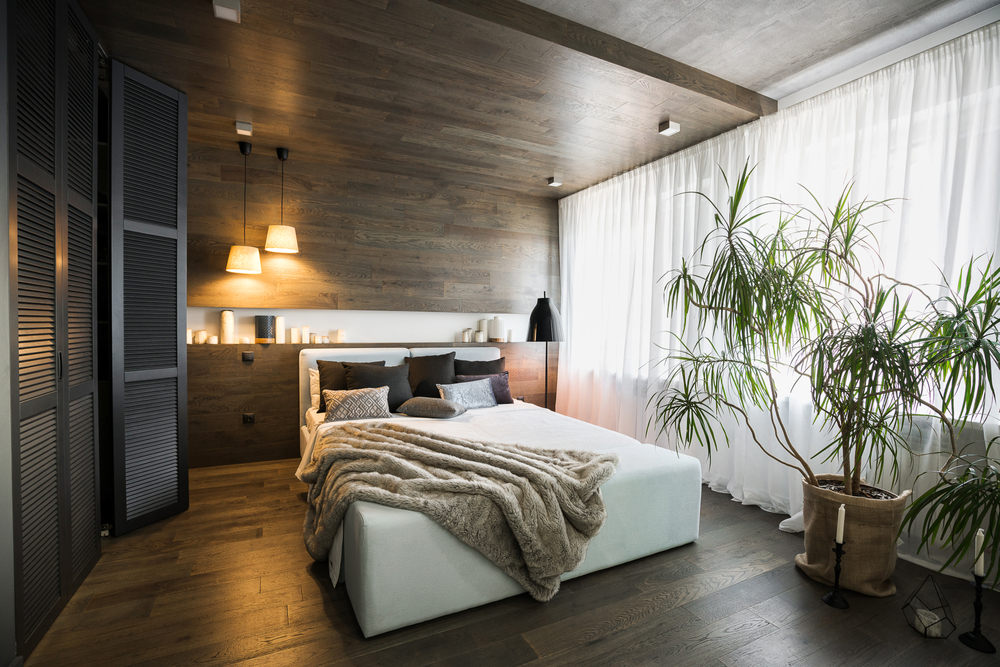Imagine that you walk into a room, and instantly, the ambiance feels warm and inviting, or perhaps cool and calming. Have you ever wondered why the colour of light plays such a crucial role in shaping the mood of a space? This is a concept that goes beyond the mere aesthetics of lighting and delves into the psychological impact it has on our surroundings.
The Basics Of Colour Temperature
At its core, colour temperature is a metric that describes the colour of light emitted by a source. Measured in Kelvins (K), it ranges from warm, golden hues to cool, bluish tones. The scale starts from lower temperatures (e.g., 2000K) for warmer tones, progressing to higher temperatures (e.g., 6500K) for cooler tones. Understanding this scale is crucial because it directly impacts the mood and atmosphere of your living spaces.
Warm vs. Cool: Setting the Tone
- Warm Tones (2000K – 3500K)
Imagine a sunset casting its golden glow across the horizon – that’s the essence of warm-toned lighting. With colour temperatures ranging from 2000K to 3500K, warm tones bring out a cozy and intimate atmosphere for any room. These hues are perfect for spaces where relaxation and comfort are a priority, such as bedrooms, living rooms, and dining areas. Incandescent bulbs and warm-white LEDs fall into this category, adding a touch of warmth to your surroundings.
- Neutral Tones (3500K – 4500K)
Moving up the colour temperature scale, we encounter neutral tones that strike a balance between warmth and coolness. Falling within the range of 3500K to 4500K, these tones are versatile and work well in various settings, including kitchens, offices, and bathrooms. They provide a clean and crisp illumination, making the space feel fresh and well-lit.
- Cool Tones (4500K – 6500K)
As we ascend to the higher end of the colour temperature spectrum, we enter the realm of cool tones. Ranging from 4500K to 6500K, these hues mimic natural daylight and evoke a sense of alertness and focus. Cool-toned lighting is ideal for task-oriented areas like offices, kitchens, and workshops, where clarity and visibility are paramount.
The Psychological Impact Of Colour Temperature
- Warm Tones: Comfort and Relaxation
Warm-toned lighting, reminiscent of a flickering fireplace or candlelit dinner, has a calming effect on the mind. It promotes relaxation and creates an inviting ambiance, making it the perfect choice for spaces where winding down and unwinding are the primary activities.
- Neutral Tones: Versatility and Productivity
Neutral-toned lighting strikes a balance, offering versatility that suits a variety of activities. In spaces like kitchens and offices, where both focus and collaboration are essential, neutral tones enhance visibility without overwhelming the senses. This adaptability brings a conducive environment for productivity.
- Cool Tones: Alertness And Concentration
Cool-toned lighting, much like the energizing light of a sunny day, promotes alertness and concentration. It’s an excellent option for task-oriented areas where precision and clarity are vital and required to keep you focused and engaged.
Practical Tips For Implementation
Now that you grasp the significance of colour temperature, let’s explore some practical tips for implementing it in your home:
- Layered Lighting: Combine warm, neutral, and cool tones to create a layered lighting scheme that caters to different activities and moods. Use task lighting, ambient lighting, and accent lighting strategically to achieve a harmonious balance.
- Dimmers and smart lighting: Invest in dimmer switches or smart lighting systems that allow you to adjust the colour temperature according to the time of day and your activities. This flexibility gives you more control over the ambiance, promoting comfort and well-being.
- Consider the room function: Adjust the colour temperature to the function of each room. For instance, opt for warm tones in the bedroom for a restful atmosphere, while cool tones in the kitchen can enhance visibility and efficiency.
Colour temperature is a powerful tool that can transform your living spaces from mere rooms to immersive environments. By understanding the impact of various lighting tones on mood and functionality, you can curate a lighting experience that aligns with your lifestyle and preferences. So, the next time you enter a room and feel its unique ambiance, remember that the colour temperature is a silent artist, painting the canvas of your living space with hues that resonate with your emotions and activities.
Illuminate your world with Light Kart and watch as your rooms come to life in ways you never imagined.

